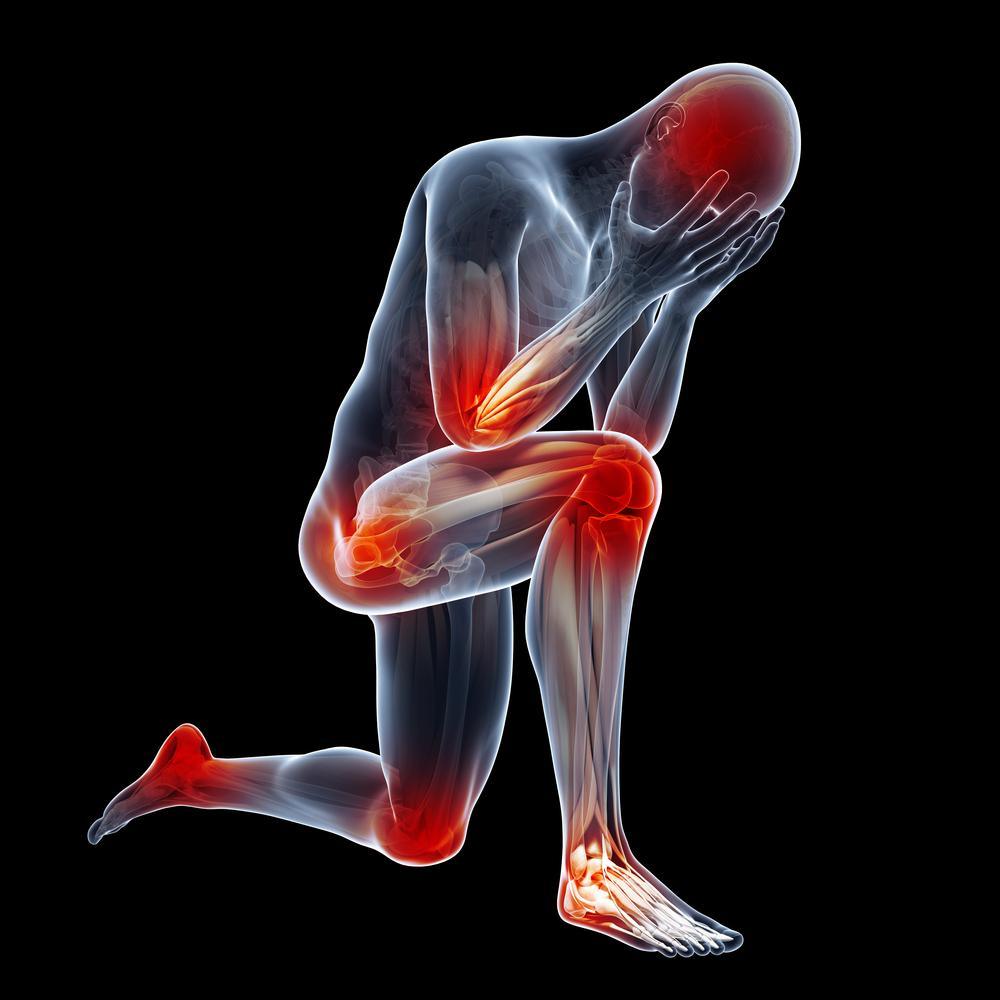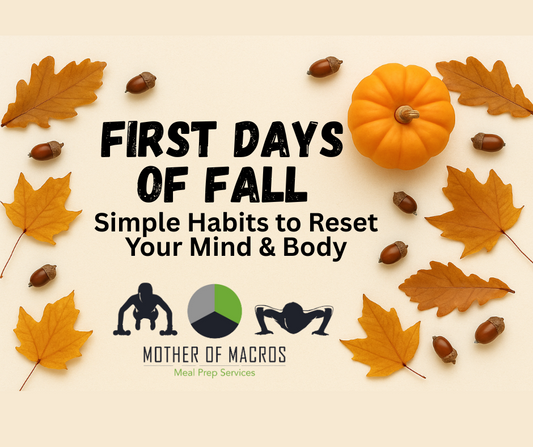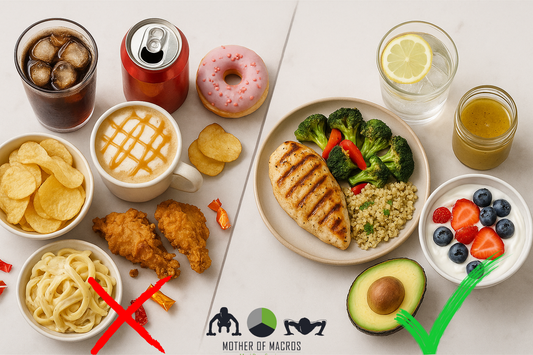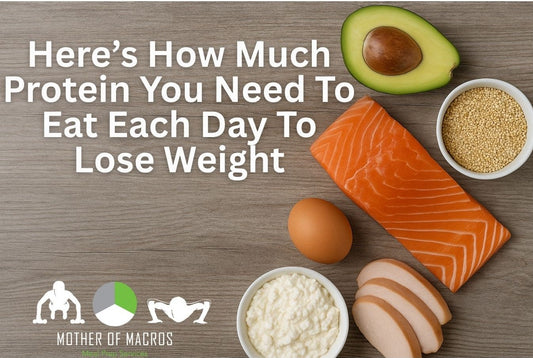Back pain and sore joints are common ailments that can significantly impact one's quality of life. While there are various factors that contribute to these issues, diet plays a crucial role in managing and potentially alleviating such discomfort. One dietary component that has shown promising effects in this regard is lean protein.
Lean protein refers to protein sources that are low in fat and calories but high in essential nutrients. Incorporating lean protein into your diet can offer a range of benefits, including aiding in the management of back pain and sore joints. Let's delve deeper into how lean protein can make a difference and explore some of the best sources to consider.
Understanding Back Pain and Sore Joints
Before we discuss the role of lean protein, it's essential to understand why back pain and sore joints occur. Back pain can result from various factors such as muscle strain, poor posture, injury, or underlying conditions like arthritis. Similarly, sore joints often stem from inflammation due to conditions like osteoarthritis or overuse of joints.
Inflammation plays a significant role in both back pain and joint soreness. When tissues become inflamed, they can cause pain, stiffness, and reduced mobility. Therefore, strategies that help reduce inflammation can be beneficial in managing these issues.
The Anti-Inflammatory Power of Lean Protein
Lean protein sources, such as poultry, fish, legumes, and low-fat dairy products, offer more than just muscle-building benefits. They also possess anti-inflammatory properties that can help alleviate pain and discomfort associated with back pain and sore joints. Here's how lean protein works its magic:
-
Reducing Inflammation: Lean protein contains amino acids, including essential ones like omega-3 fatty acids found in fish, which have anti-inflammatory properties. These compounds can help counteract inflammation in the body, easing pain and improving joint function.
-
Supporting Muscle Health: Strong muscles provide better support to your spine and joints, reducing the strain on these areas. Protein is essential for muscle repair and growth, making it crucial for maintaining muscle strength and integrity.
-
Aiding Weight Management: Excess weight can exacerbate back pain and joint discomfort, as it puts additional stress on these areas. Lean protein, when part of a balanced diet, can support weight management efforts by promoting satiety and preserving lean muscle mass.
-
Enhancing Bone Health: Some lean protein sources, such as dairy products and certain types of fish, also provide essential nutrients like calcium and vitamin D, which are crucial for bone health. Strong bones can help prevent conditions like osteoporosis and reduce the risk of fractures.
Best Sources of Lean Protein
Incorporating lean protein into your diet doesn't have to be complicated. Here are some excellent sources to consider:
- Fish: Opt for fatty fish like salmon, trout, and mackerel, rich in omega-3s, or lean options such as cod and tilapia.
- Poultry: Choose skinless chicken or turkey breasts, which are low in fat and high in protein.
- Legumes: Include beans, lentils, and chickpeas in your meals for a plant-based source of lean protein.
- Low-Fat Dairy: Enjoy Greek yogurt, cottage cheese, or skim milk for a calcium-rich protein boost.
- Eggs: Eggs are a versatile and affordable protein source, providing essential nutrients like vitamin D.
Incorporating Lean Protein into Your Diet
To reap the benefits of lean protein for back pain and sore joints, aim to include it in your meals and snacks regularly. Here are some tips to help you incorporate lean protein into your diet:
- Start your day with a protein-rich breakfast, such as Greek yogurt with berries and nuts or an omelet with vegetables.
- Include lean protein in every meal, whether it's grilled fish for lunch or a bean salad for dinner.
- Snack on protein-rich foods like boiled eggs, edamame, or a handful of almonds to keep you satisfied between meals.
- Experiment with different cooking methods, such as baking, grilling, or sautéing, to enhance the flavor of lean protein without adding excess fat.
Conclusion
Lean protein is not only essential for building and repairing tissues but also plays a significant role in managing inflammation, supporting muscle health, and promoting overall well-being. By incorporating lean protein into your diet through sources like fish, poultry, legumes, and dairy, you can help alleviate back pain and sore joints while enjoying a nutritious and delicious eating plan. Remember to consult with a healthcare professional or nutritionist for personalized dietary recommendations based on your specific needs and health goals.




